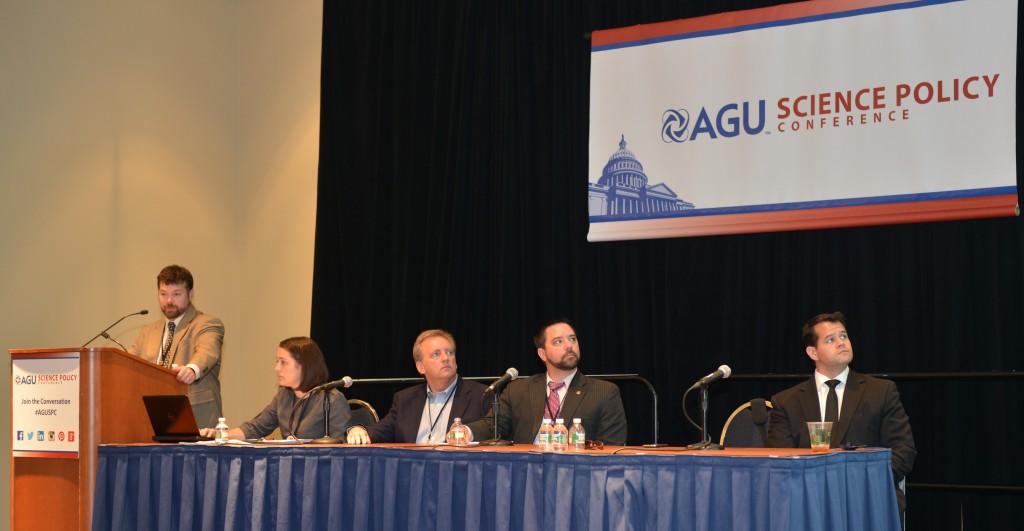July 2, 2014
Mining takes off for asteroids
Posted by Fushcia Hoover
By Alexandra Branscombe
WASHINGTON, DC – Space travel today is like taking a cross-country road trip from Seattle to New York City without stopping at a gas station. Rockets launched into space must carry all the fuel they will need to reach their destination, which limits the distance they can travel into the galaxy.
That could change if there were space “gas stations” on asteroids where rockets could fuel up, according to one space resource expert working to make cosmic fueling stations a reality.
Asteroids in space can have an abundance of resources, like water that can be used as rocket fuel or rare minerals, and advancements in technology, like 3D printing, is bringing asteroid mining closer to reality, said Peter Marquez, vice president for global engagement at Planetary Resources, Inc., a private company working to mine raw minerals from space.
“It is real simple what we are trying to do: expand the economic sphere of imports into the solar system,” said Marquez during a panel presentation at the American Geophysical Union’s Science Policy Conference 18 June. “Our whole objective is to take resources off of asteroids.”
Floating minerals
Escaping Earth’s gravitational pull takes a lot of energy, but once a rocket is free of Earth’s gravity it can travel very far on very little energy. The problem is having enough fuel to even get out of the pull, which means traveling more than 186 million miles. That is where asteroid mining comes in, said Marquez.
The fuel source for space travel could be 1,000 times more efficient if the fuel was mined from asteroids in space, rather than having space missions carry it from Earth, according to an informational video shown during the presentation.

Peter Marquez (far right) from Planetary Resources, Inc., spoke about extracting water and rare minerals from asteroids during a panel discussion on extreme mining at the AGU’s Science Policy Conference June 18.
Credit: AGU
Rockets run most efficiently on hydrogen and oxygen, the two elements that make up water—which can be found in abundance on asteroids floating in space. One or more water-laden asteroids that are floating close to Earth could be a candidate for a fueling station for rockets on their way to Mars or other destinations.
Mining water from asteroids could be a tremendous advantage for space travel, Marquez said. It costs about $23,500 per pound to bring water into space, more expensive than the price of gold, he said. Along with using water for rocket fuel, water from asteroids could also be used as drinking water for astronauts, for growing plants, or as a natural radiation shield for space voyagers, Marquez said.
Asteroids could also be an abundant source of minerals that can be used on earth, including volatile metals, such as iron, and nickel, and platinum group metals, like ruthenium, rhodium, palladium, osmium, iridium, and platinum.
The platinum group metals are rare on Earth, but there are whole asteroids composed of platinum in space. A 500-meter wide (a third of a mile) asteroid comprised completely of platinum would contain more of the metal than has been mined on Earth since the beginning of mankind, said Marquez.
Mining asteroids
The ability to identify resource-laden asteroids will improve with new space telescopes, like the Arkyd-100 Low Earth Orbit spacecraft, which is being developed by Planetary Resources to find asteroids for mining.
New technology, like 3D printing, has also made mining resources from an asteroid more realistic, Marquez said. One option for hauling platinum from an asteroid back to Earth is to 3D print a 100 kilogram (220 pound) ball of platinum on the asteroid that can be sent back to Earth and dropped into the ocean, where the balls will float until they are collected, Marquez said. From a manufacturing standpoint, 3D printing could make asteroid mining affordable, he said.
“We’ve got a convergence of knowledge and technology, and we’ve got investors that are willing to put money into [asteroid mining] to make this all possible,” said Marquez.
– Alexandra Branscombe is a science writing intern in AGU’s Public Information department


